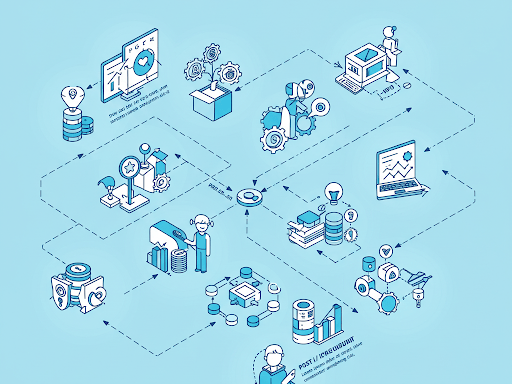Start Up Phases
Stage 1: Pre-Seed
Funding Purpose: Validate the idea, build the MVP, and experiment to find product-market fit.
Correlated Growth Stage: Wilderness Period
You’re navigating uncertainty, trying to figure out if there’s demand for your idea.
Funding Sources:
Personal savings, friends & family, angel investors.
Pre-seed funds and incubators.
Key Metrics:
MVP completion.
Early user feedback.


Stage 2: Seed Stage
Funding Purpose: Prove product-market fit and acquire initial customers.
Correlated Growth Stages: Wilderness Period → Penny Gap
You’re focused on acquiring paying customers and solving the penny gap.
Funding Sources:
Angel investors, early-stage venture capital funds, crowdfunding.
Key Metrics:
Early customer adoption.
Positive user feedback.
Revenue or strong user engagement metrics.


Stage 3: Series A
Funding Purpose: Scale your customer base, refine the product, and begin building scalable processes.
Correlated Growth Stages: Penny Gap → Dollar Gap → Crossing the Chasm
Overcome the dollar gap and appeal to a broader market beyond early adopters.
Funding Sources:
Venture capital (VC) firms focusing on Series A investments.
Key Metrics:
Revenue growth.
Consistent customer acquisition.
Proof of a scalable go-to-market (GTM) strategy.
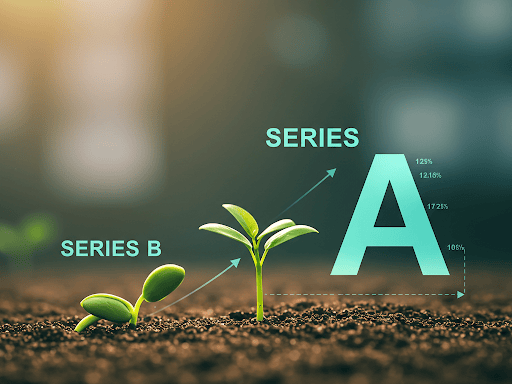

Stage 4: Series B
Funding Purpose: Scale operations, hire aggressively, and optimize growth.
Correlated Growth Stage: Scale Stage
Rapid expansion, building teams, and refining business processes to support growth.
Funding Sources:
Growth-stage venture capital firms.
Corporate venture arms.
Key Metrics:
High customer retention (low churn).
Accelerating revenue.
Repeatable sales and marketing processes.
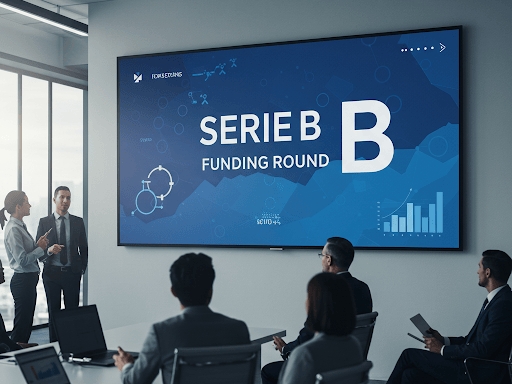

Stage 5: Series C and Beyond
Funding Purpose: Enter new markets, build defensibility, or launch additional products.
Correlated Growth Stages: Scale Stage → Escape Velocity
You’re achieving escape velocity and working to dominate your market while fending off competitors.
Funding Sources:
Late-stage venture capital firms, private equity, hedge funds, corporate investors.
Key Metrics:
Significant market share.
Strong brand presence.
Proven profitability or a clear path to profitability.


Stage 6: Pre-IPO
Funding Purpose: Prepare for a public offering or acquisition by strengthening financials and scaling further.
Correlated Growth Stages: Escape Velocity → Moat-Building Stage
You’re focusing on defensibility, operational efficiency, and growth.
Funding Sources:
Private equity, institutional investors, secondary markets.
Key Metrics:
Solid financial performance.
Clear market leadership.
Positive EBITDA (or a credible path to it).
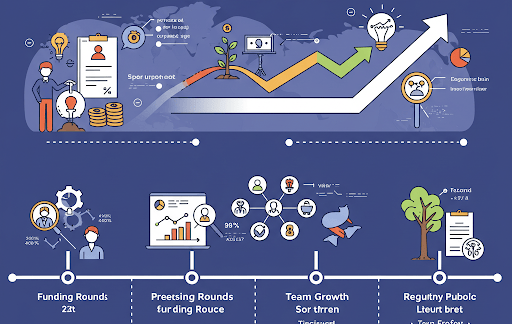

Stage 7: IPO/Acquisition
Funding Purpose: Public markets or strategic buyers provide capital to fuel future growth and/or provide liquidity for early investors.
Correlated Growth Stages: IPO/Exit Stage
You’ve achieved significant growth and scalability, making the company attractive to public markets or acquirers.
Funding Sources:
Stock market (IPO) or corporate buyers (acquisition).
Key Metrics:
Profitability or strong revenue growth.
Dominance in your niche or industry.
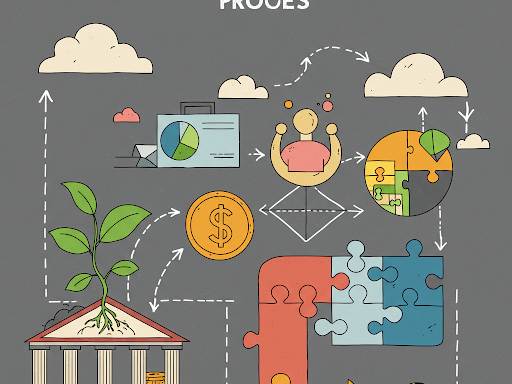

Stage 7: Post-IPO/Exit
Funding Purpose: Capital is reinvested into innovation and expansion.
Correlated Growth Stages: Post-Exit Evolution
Focus shifts to sustaining growth, maintaining competitive advantage, and exploring new revenue streams.
Funding Sources:
Revenue generation, reinvestment of profits, potential debt instruments.
Key Metrics:
Continued innovation.
Market share defense.
Consistent earnings reports.
